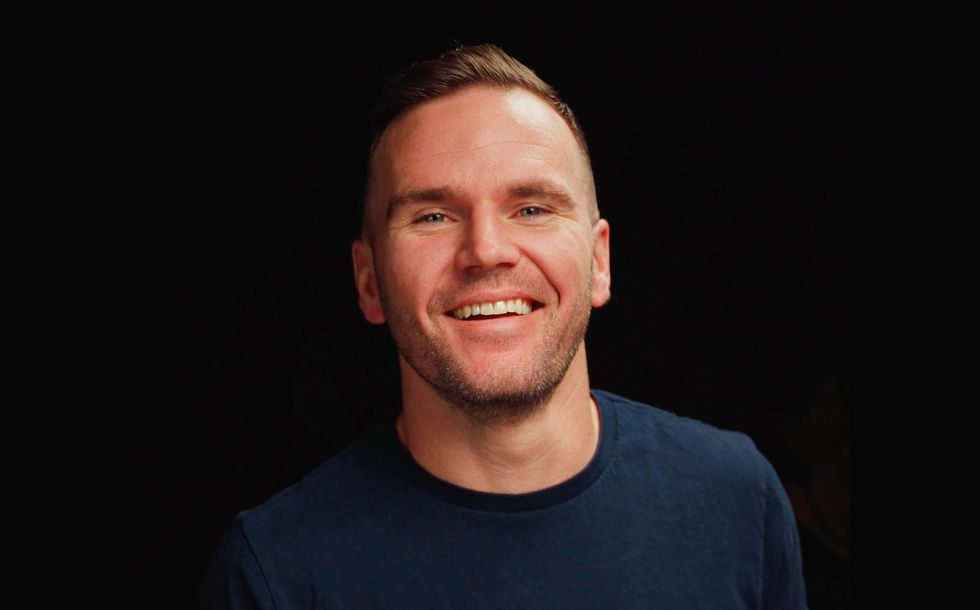- Ido Lechner
- Dec 24, 2025
- 3 min read
Smart agencies know they should have a marketing funnel that warms leads with equally smart content. That’s because each lead is a chance at bat, an opportunity to find a new client.
This is where a strategic welcome email sequence comes in, says Brad Hussey, web designer and founder of Creative Crew, a global community where web design agencies share insights for growth. As Hussey explains, offering ongoing education via newsletters and webinars is one of the most effective ways to convert newly warm leads into paying clients, and the first five days of your new relationship are the most important.
“Nurturing the leads you capture is a must, otherwise they’ll forget you,” says Hussey. “In that first Monday through Friday stretch, tell stories that point to problems you’ve had and how you’ve solved them.” (Check out the Wix Studio Community for more expert advice.)
Importantly, the goal is to position yourself as a problem solver, not a salesperson. “Pack your emails with actionable insights they can start applying immediately, and they’ll remember you next week,” Hussey says. (Related reading: How to nail your thought leadership strategy in 6 steps)
Like all marketing strategies, you’ll need to plot out your welcome email sequence to make the most of the practice. Check out some ways to build your content archive in a way that converts leads into clients—and, even better, you can use the same strategy to help clients with their own welcome email sequences once you’ve signed them.
How to write a welcome email sequence that converts leads into clients
Create a year’s worth of evergreen content
“Think of evergreen content as a machine that sends your target audience directly to your inbox,” says Hussey. You can write a blog post, record a podcast or film a YouTube video in 2024 that gets you new clients in 2025.
You can write evergreen emails, too. “I generally ask my clients for 52 pieces of content (at least one piece of content a week) when we first start working together,” he says. Then, he builds out the funnel and schedules out the email sequence.
Determine who will represent your communications
It’s important for agencies to determine the face of their communications. You can choose to send emails under the brand itself, or as an employee or executive.
“There are pros and cons to each approach, so it’s largely contextual,” Hussey says. “If you send emails as a company, you lose that personal touch. But if you assign it to someone in the agency, then all that brand equity goes with them if they leave.”
That’s why for most agencies Hussey recommends starting with the founder’s voice. Attach the owner’s story to the brand’s mission statement, and communicate that in your onboarding email sequence.
Lead with personality
“If your email says, ‘I want to thank you for joining our mailing list,’ well, nobody cares, that’s going straight to trash,” Hussey says. “But if instead it says, ‘we’re going to make sure this is your favorite newsletter every single week and here’s a little backstory of how I got into this crazy world,’ well, I’d read that.”
Ultimately, Hussey says you should let audience expectations determine who writes your content. “If your emails come from different people on your team, but they’ve got a playful, perhaps even a ragtag motley crew vibe, that’s okay as long as it plays to what your audience wants to get out of working with you.”
So, whether you send five emails from the CEO in the first week, or five emails from five different execs in the company, be strategic about how you want to be seen. Who your clients communicate with is as important as what’s being said.
Customize your email sequence with unique stories
Of course, just because you sent prospects a welcome sequence doesn’t mean they’ve read each email. Retargeting emails can reach people in your audience who might’ve missed your initial outreach. By resending unopened emails after a day or two, you increase your total readership, strengthening your odds of conversion.
Take it a step further by segmenting emails based on particular audiences: perhaps one group fits the bill (and need) for premium services, or you want to tell different stories to different geographical locations. The more you build out the flow of email communications, the more granular you can get with each one.
“You need to know who you’re talking to, what they’re going through and why they signed up, then nurture the relationship accordingly,” Hussey says. Yes, it’s more involved than sending an email that says, “buy my stuff,” but the right story delivered at the right time can be the key to unlocking new client relationships.



.jpg)
.png)
